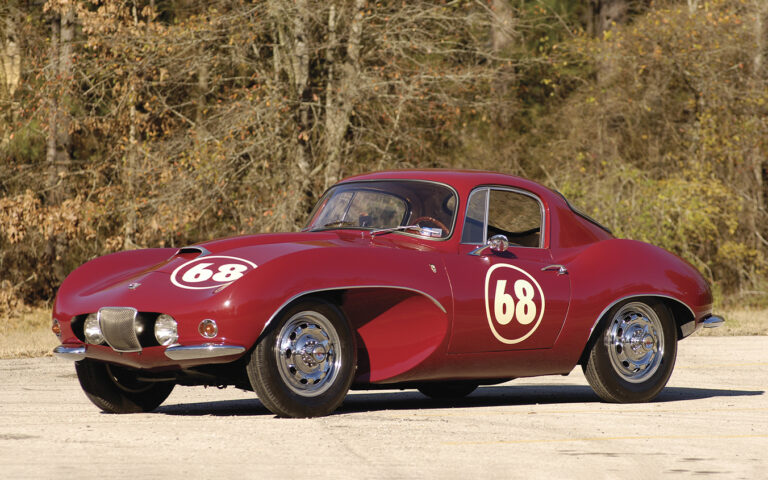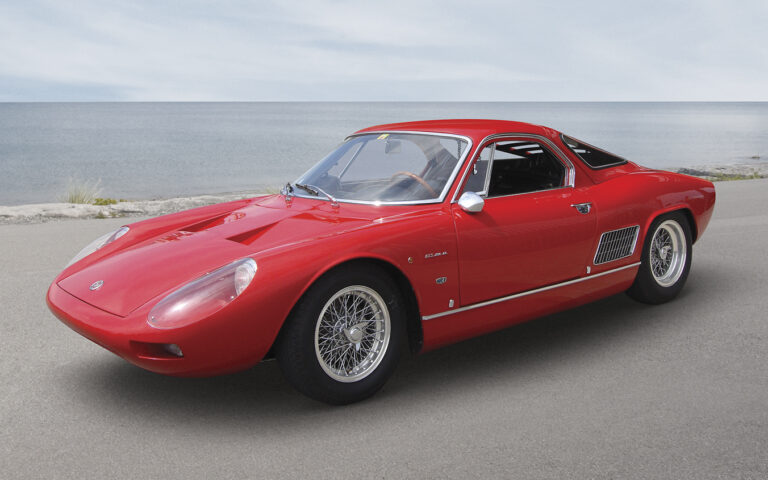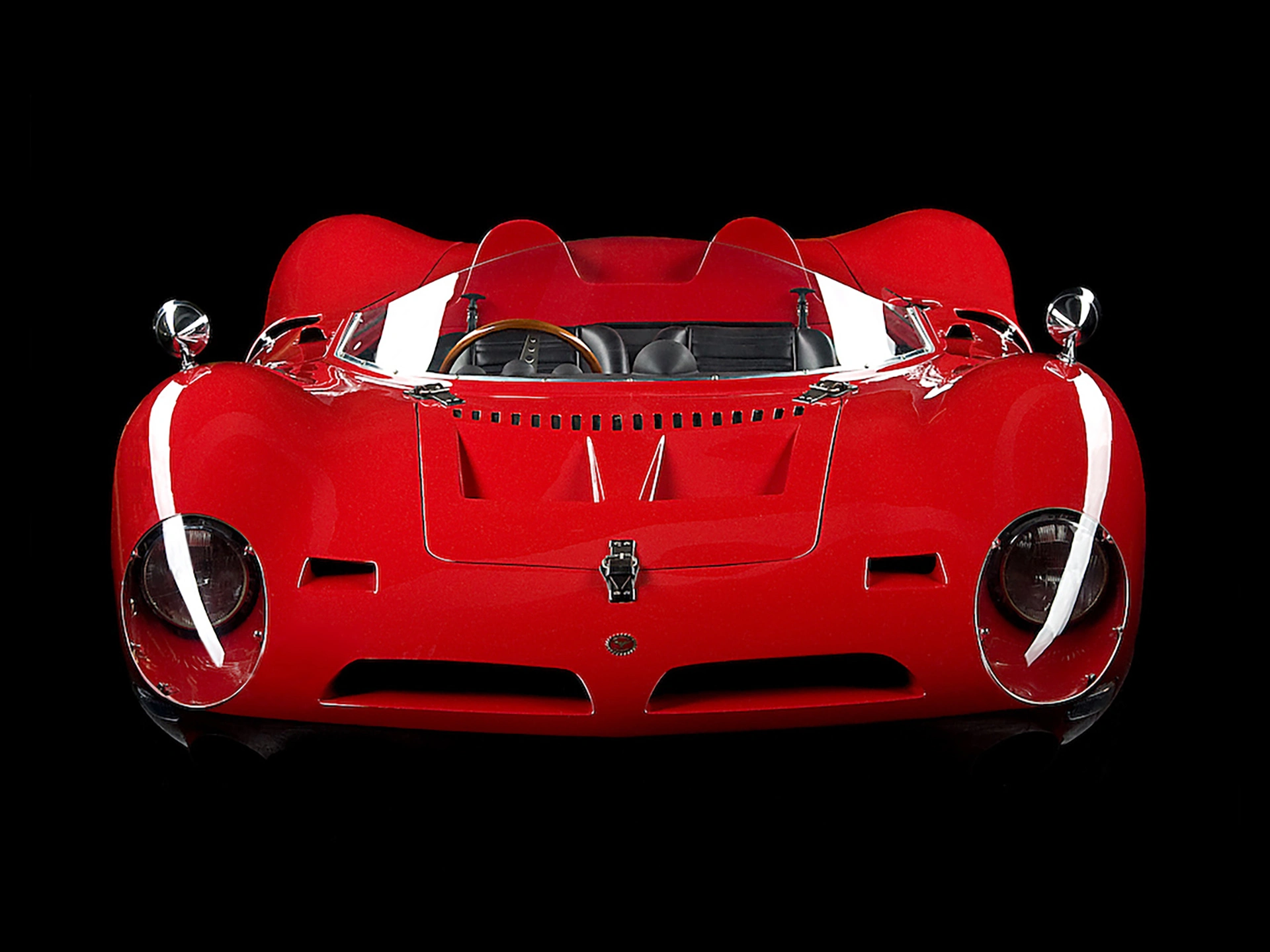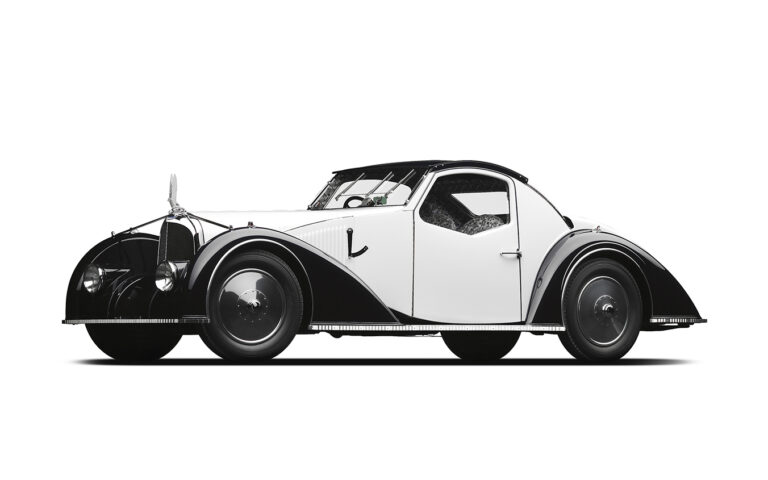Arnolt-Bristol. The Rarest Brands in the Top 100 Collections
13 January 2023 3 min read 7 images

Today we continue our journey among the lesser-known brands of the cars that populate the world’s Top 100 collections (the Ranking of our yearbook, The Key). This particular model goes by the name Arnolt-Bristol “Bolide” and it was designed by the extraordinary talent of Franco Scaglione and produced by Bertone.
Register to unlock this article
Signing up is free and gives you access to hundreds of articles and additional benefits. See what’s included in your free membership. See what's included in your free membership.
Already have an account? Log In


